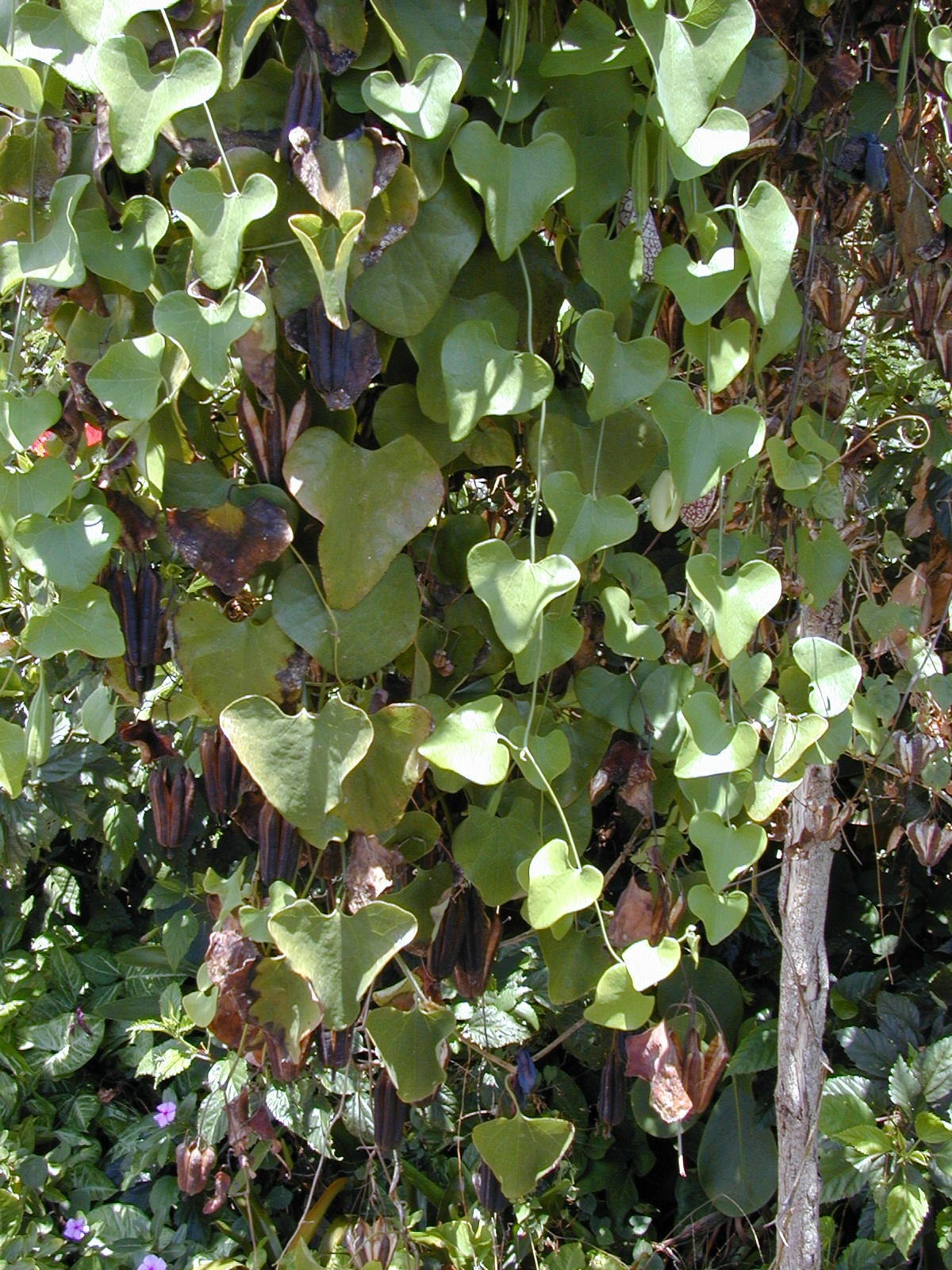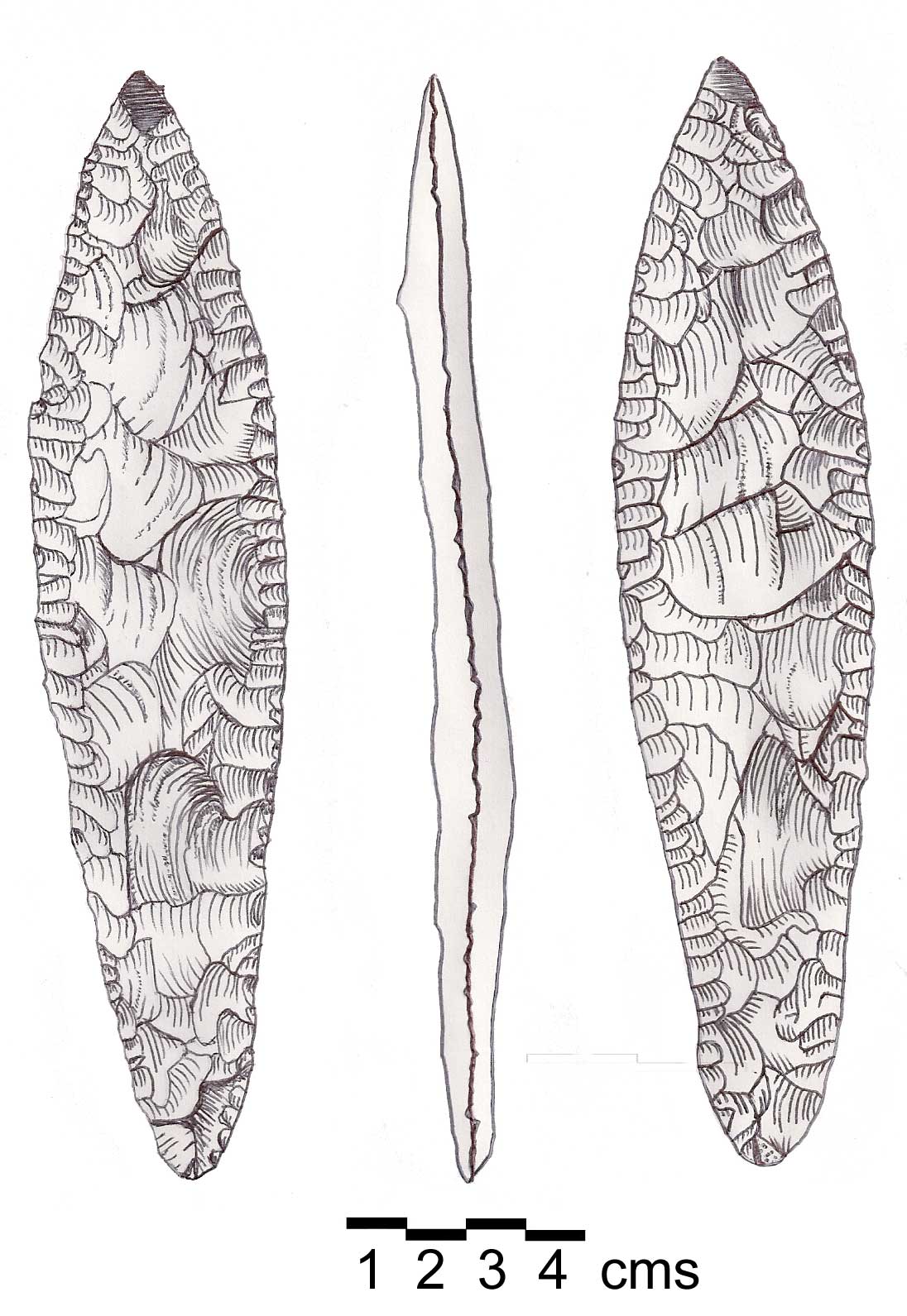|
Archon Apollinus
''Archon apollinus'', the false Apollo, is a species of butterfly belonging to the Parnassinae subfamily. The species is found in Central and Eastern Europe and West Asia. They are found in Greece, Turkey, Iraq, Syria, Jordan, Israel and Lebanon, and like others of the family show considerable variation with four or five subspecies. A morphologically similar species ''Archon apollinaris'' has been recently separated and has been found to be sympatric and reproductively isolated. Older individuals often lose their scales, especially on the forewings, and appear very transparent. The larvae feed on species of ''Aristolochia'' including ''Aristolochia poecilantha, A. poecilantha'', ''Aristolochia parviflora, A. parviflora'', ''Aristolochia bodamae, A. bodamae'', ''Aristolochia hirta, A. hirta'', ''Aristolochia bottae, A. bottae'', ''Aristolochia auricularia, A. auricularia'', ''Aristolochia rotunda, A. rotunda'', ''Aristolochia sempervirens, A. sempervirens'', ''Aristolochia mauror ... [...More Info...] [...Related Items...] OR: [Wikipedia] [Google] [Baidu] |
Parnassinae
The Parnassiinae or snow Apollos are a subfamily of the swallowtail butterfly family, Papilionidae. The subfamily includes about 50 medium-sized, white or yellow species. The snow Apollos are high-altitude butterflies and are distributed across Asia, Europe and North America.Ackery PR (1975) A guide to the genera and species of Parnassiinae (Lepidoptera:Papilionidae). ''Bull. Br. Mus. nat. Hist.'' (Ent.) 31, pdf/ref> Tribes This subfamily consists of the following tribes: * Luehdorfiini * Parnassiini * Zerynthiini The Zerynthiini are a tribe of swallowtail butterflies. Genera The tribe is thought to consist of four genera: * '' Allancastria'' * ''Bhutanitis'' * '' Sericinus'' * ''Zerynthia ''Zerynthia'' is a genus of swallowtail butterflies placed i ... Gallery File:Hypermnestrahelios (2) cropped.jpg, File:Parnassius phoebus MHNT CUT 2013 3 6 Arvieux female dos.jpg, File:Parnassius mnemosyne2.JPG, File:Archon_apollinus_bellargus_1.jpg, File:Luehdorfia japoni ... [...More Info...] [...Related Items...] OR: [Wikipedia] [Google] [Baidu] |
Johann Friedrich Wilhelm Herbst
Johann Friedrich Wilhelm Herbst (1 November 1743 – 5 November 1807) was a German naturalist and entomologist from Petershagen, Minden-Ravensberg. He served as a chaplain in the Prussian army. His marriage in Berlin, 1770, with Euphrosyne Luise Sophie (1742–1805), daughter of the Prussian ''Hofrat'' Libert Waldschmidt seems to have been childless. He was the joint editor, with Carl Gustav Jablonsky, of ''Naturgeschichte der in- und ausländischen Insekten'' (1785–1806, 10 volumes), which was one of the first attempts at a complete survey of the order . Herbst's ''Naturgeschich ... [...More Info...] [...Related Items...] OR: [Wikipedia] [Google] [Baidu] |
Aristolochia Hirta
''Aristolochia'' () is a large plant genus with over 500 species that is the type genus of the family Aristolochiaceae. Its members are commonly known as birthwort, pipevine or Dutchman's pipe and are widespread and occur in the most diverse climates. Some species, like '' A. utriformis'' and '' A. westlandii'', are threatened with extinction. ''Isotrema'' is usually included here, but might be a valid genus. If so, it contains those species with a three-lobed calyx. Description ''Aristolochia'' is a genus of evergreen and deciduous lianas (woody vines) and herbaceous perennials. The smooth stem is erect or somewhat twining. The simple leaves are alternate and cordate, membranous, growing on leaf stalks. There are no stipules. The flowers grow in the leaf axils. They are inflated and globose at the base, continuing as a long perianth tube, ending in a tongue-shaped, brightly colored lobe. There is no corolla. The calyx is one to three whorled, and three to six toothe ... [...More Info...] [...Related Items...] OR: [Wikipedia] [Google] [Baidu] |
Jerusalem
Jerusalem (; he, יְרוּשָׁלַיִם ; ar, القُدس ) (combining the Biblical and common usage Arabic names); grc, Ἱερουσαλήμ/Ἰεροσόλυμα, Hierousalḗm/Hierosóluma; hy, Երուսաղեմ, Erusałēm. is a city in Western Asia. Situated on a plateau in the Judaean Mountains between the Mediterranean Sea, Mediterranean and the Dead Sea, it is one of the List of oldest continuously inhabited cities, oldest cities in the world and is considered to be a holy city for the three major Abrahamic religions: Judaism, Christianity, and Islam. Both Israelis and Palestinians claim Jerusalem as their Capital city, capital, as Israel maintains its primary governmental institutions there and the State of Palestine ultimately foresees it as its seat of power. Because of this dispute, Status of Jerusalem, neither claim is widely recognized internationally. Throughout History of Jerusalem, its long history, Jerusalem has been destroyed at least twice, Sie ... [...More Info...] [...Related Items...] OR: [Wikipedia] [Google] [Baidu] |
Amasya
Amasya () is a city in northern Turkey and is the capital of Amasya Province, in the Black Sea Region. It was called Amaseia or Amasia in antiquity."Amasya" in '' The New Encyclopædia Britannica''. Chicago: Encyclopædia Britannica Inc., 15th edn., 1992, Vol. 1, p. 313. Amasya stands in the mountains above the Black Sea coast, set apart from the rest of Anatolia in a narrow valley along the banks of the Yeşilırmak River. Although near the Black Sea, this area is high above the coast and has an inland climate, well-suited to growing apples, for which Amasya province, one of the provinces in north-central Anatolia Turkey, is famed. It was the home of the geographer Strabo and the birthplace of the 15th century Armenian scholar and physician Amirdovlat Amasiatsi. Located in a narrow cleft of the Yeşilırmak (Iris) river, it has a history of 7,500 years with many traces still evident today. In antiquity, Amaseia was a fortified city high on the cliffs above the river. It has a ... [...More Info...] [...Related Items...] OR: [Wikipedia] [Google] [Baidu] |
Beirut
Beirut, french: Beyrouth is the capital and largest city of Lebanon. , Greater Beirut has a population of 2.5 million, which makes it the third-largest city in the Levant region. The city is situated on a peninsula at the midpoint of Lebanon's Mediterranean coast. Beirut has been inhabited for more than 5,000 years, and was one of Phoenicia's most prominent city states, making it one of the oldest cities in the world (see Berytus). The first historical mention of Beirut is found in the Amarna letters from the New Kingdom of Egypt, which date to the 14th century BC. Beirut is Lebanon's seat of government and plays a central role in the Lebanese economy, with many banks and corporations based in the city. Beirut is an important seaport for the country and region, and rated a Beta + World City by the Globalization and World Cities Research Network. Beirut was severely damaged by the Lebanese Civil War, the 2006 Lebanon War, and the 2020 massive explosion in the ... [...More Info...] [...Related Items...] OR: [Wikipedia] [Google] [Baidu] |
Ulster Museum
The Ulster Museum, located in the Botanic Gardens in Belfast, has around 8,000 square metres (90,000 sq. ft.) of public display space, featuring material from the collections of fine art and applied art, archaeology, ethnography, treasures from the Spanish Armada, local history, numismatics, industrial archaeology, botany, zoology and geology. It is the largest museum in Northern Ireland, and one of the components of National Museums Northern Ireland. History The Ulster Museum was founded as the Belfast Natural History Society in 1821 and began exhibiting in 1833. It has included an art gallery since 1890. Originally called the Belfast Municipal Museum and Art Gallery, in 1929, it moved to its present location in Stranmillis. The new building was designed by James Cumming Wynne. In 1962, courtesy of the Museum Act (Northern Ireland) 1961, it was renamed as the Ulster Museum and was formally recognised as a national museum. A major extension constructed by McLaug ... [...More Info...] [...Related Items...] OR: [Wikipedia] [Google] [Baidu] |
Aintab
Gaziantep (), previously and still informally called Aintab or Antep (), is a major city and capital of the Gaziantep Province, in the westernmost part of Turkey's Southeastern Anatolia Region and partially in the Mediterranean Region, approximately east of Adana and north of Aleppo, Syria. It is thought to be located on the site of ancient Antiochia ad Taurum, and is near ancient Zeugma. As of the 31/12/2021 last estimation, the Metropolitan Province was home to 2,130,432 inhabitants, of whom 1,775,904 lived in the metropolitan area made of two (out of three) urban districts of Şahinbey and Şehitkamil, as Oğuzeli is not conurbated. It is the sixth-most populous city in Turkey. Name Due to the city's contact with many ethnic groups and cultures throughout its history, the name of the city has many variants and alternatives, such as: *''Hantab'', ''Hamtab'', or ''Hatab'' as known by the Crusaders. *''Antab'' and its variants in vulgar Turkish and Armenian since 17th cent ... [...More Info...] [...Related Items...] OR: [Wikipedia] [Google] [Baidu] |
Adana
Adana (; ; ) is a major city in southern Turkey. It is situated on the Seyhan River, inland from the Mediterranean Sea. The administrative seat of Adana province, it has a population of 2.26 million. Adana lies in the heart of Cilicia, which was once one of the most important regions of the classical world. Home to six million people, Cilicia is an important agricultural area, owing to the large fertile plain of Çukurova. Twenty-first century Adana is a centre for regional trade, healthcare, and public and private services. Agriculture and logistics are important parts of the economy. Adana Şakirpaşa Airport is close to the city centre, and the town is connected to Tarsus and Mersin by TCDD train. Etymology One theory holds that the city name originates from a hypothetical Indo-European term; ''a danu'' ( en, on the river). Many river names in Europe were derived from the same Proto-Indo-European root: Danube, Don, Dnieper and Donets.Osman Fikri Sertkaya, ... [...More Info...] [...Related Items...] OR: [Wikipedia] [Google] [Baidu] |
Aristolochia Billardieri
''Aristolochia'' () is a large plant genus with over 500 species that is the type genus of the family Aristolochiaceae. Its members are commonly known as birthwort, pipevine or Dutchman's pipe and are widespread and occur in the most diverse climates. Some species, like '' A. utriformis'' and '' A. westlandii'', are threatened with extinction. ''Isotrema'' is usually included here, but might be a valid genus. If so, it contains those species with a three-lobed calyx. Description ''Aristolochia'' is a genus of evergreen and deciduous lianas (woody vines) and herbaceous perennials. The smooth stem is erect or somewhat twining. The simple leaves are alternate and cordate, membranous, growing on leaf stalks. There are no stipules. The flowers grow in the leaf axils. They are inflated and globose at the base, continuing as a long perianth tube, ending in a tongue-shaped, brightly colored lobe. There is no corolla. The calyx is one to three whorled, and three to six toothe ... [...More Info...] [...Related Items...] OR: [Wikipedia] [Google] [Baidu] |







_(2).jpg)